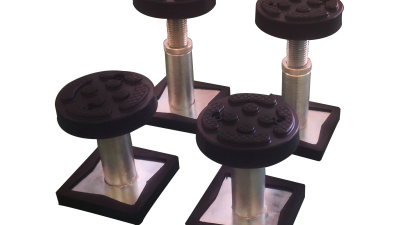Ultimate Checklist for Sourcing the Best Car Scissor Lift Portable for Your Business Needs
Table of Contents
- Key Features to Consider When Choosing a Portable Car Scissor Lift
- Understanding Different Types of Car Scissor Lifts for Varied Business Needs
- Budgeting for Quality: How to Balance Cost and Performance
- Safety Standards and Regulations for Portable Car Scissor Lifts
- Maintenance Tips to Ensure Longevity of Your Car Scissor Lift
- Comparing Popular Brands: Finding the Best Fit for Your Business
- Enhancing Vehicle Maintenance Efficiency: A Data-Driven Approach to Using Portable Car Quick Lift Height Adaptors
- FAQS
- Related Posts
You know, in the fast-changing world of automotive services, there's a real push for reliable and efficient lifting solutions. I recently came across a report from MarketsandMarkets that basically says the automotive lift market is set to grow a lot — and it makes sense with more cars on the road and the automotive aftermarket booming. Out of all the options out there, the Car Scissor Lift Portable really catches my eye because it’s so versatile and compact. It’s perfect for businesses that want to get more done without taking up tons of space.
Yantai Tonghe Precision Industry Co., Ltd. is actually big on designing and making hydraulic control systems and car lifts — really top-notch equipment that you can count on. As companies look for the best lifting tech out there, figuring out how to pick the right portable car scissor lift is super important to meet their specific needs and keep things running smoothly. Honestly, it’s all about finding the right fit to make everything work better and faster.
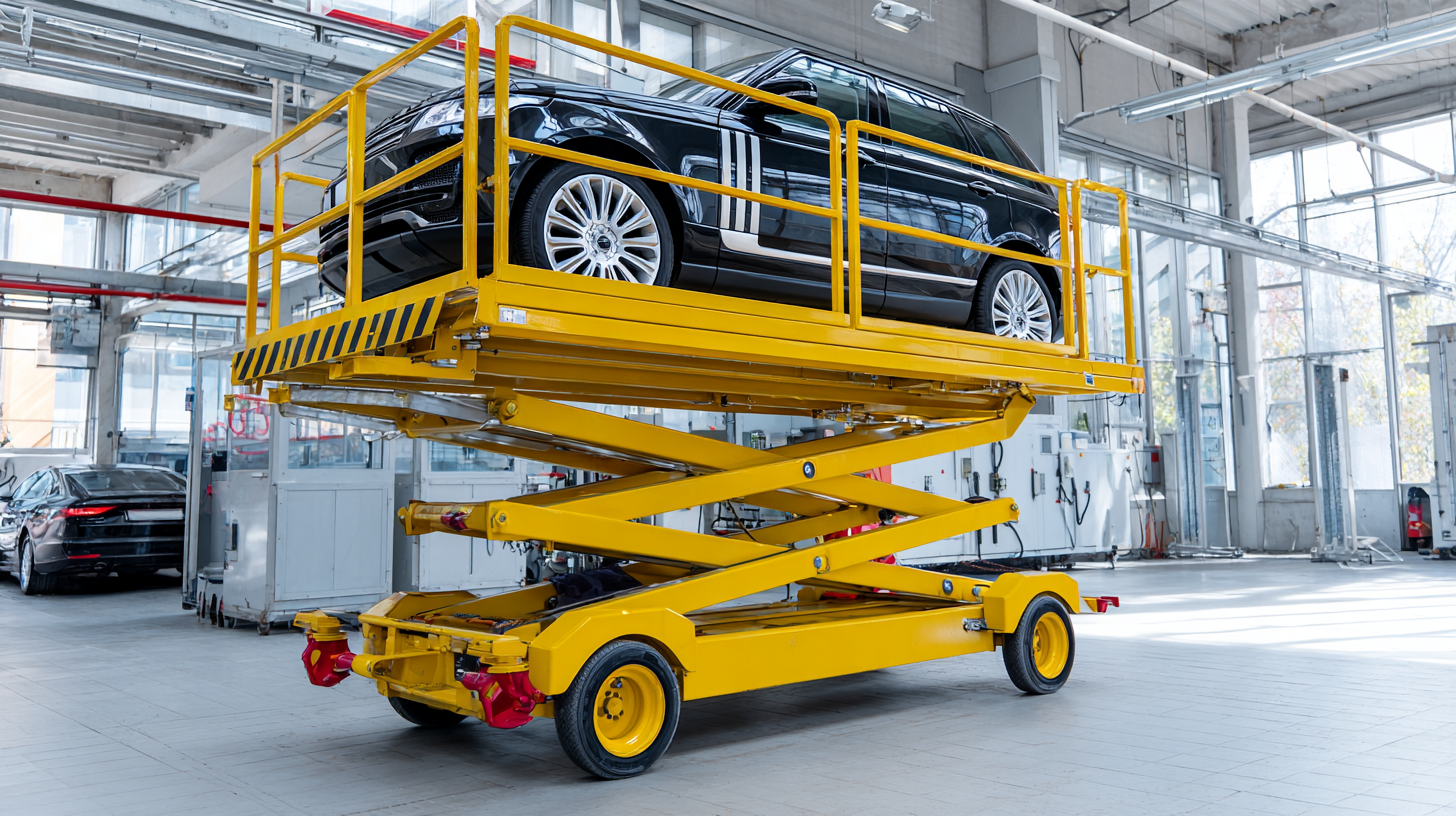
Key Features to Consider When Choosing a Portable Car Scissor Lift
When you're on the hunt for a portable car scissor lift for your business, there's a handful of key features you really want to keep in mind. First off, lifting capacity is a big deal. Did you know that, according to Allied Market Research, the global automotive lift market is expected to hit around $2.5 billion by 2025? That just goes to show how much demand there is for heavy-duty lifts. Usually, a good portable scissor lift should be able to handle loads anywhere from about 3,000 to 10,000 pounds — enough to lift anything from smaller cars to trucks and SUVs?
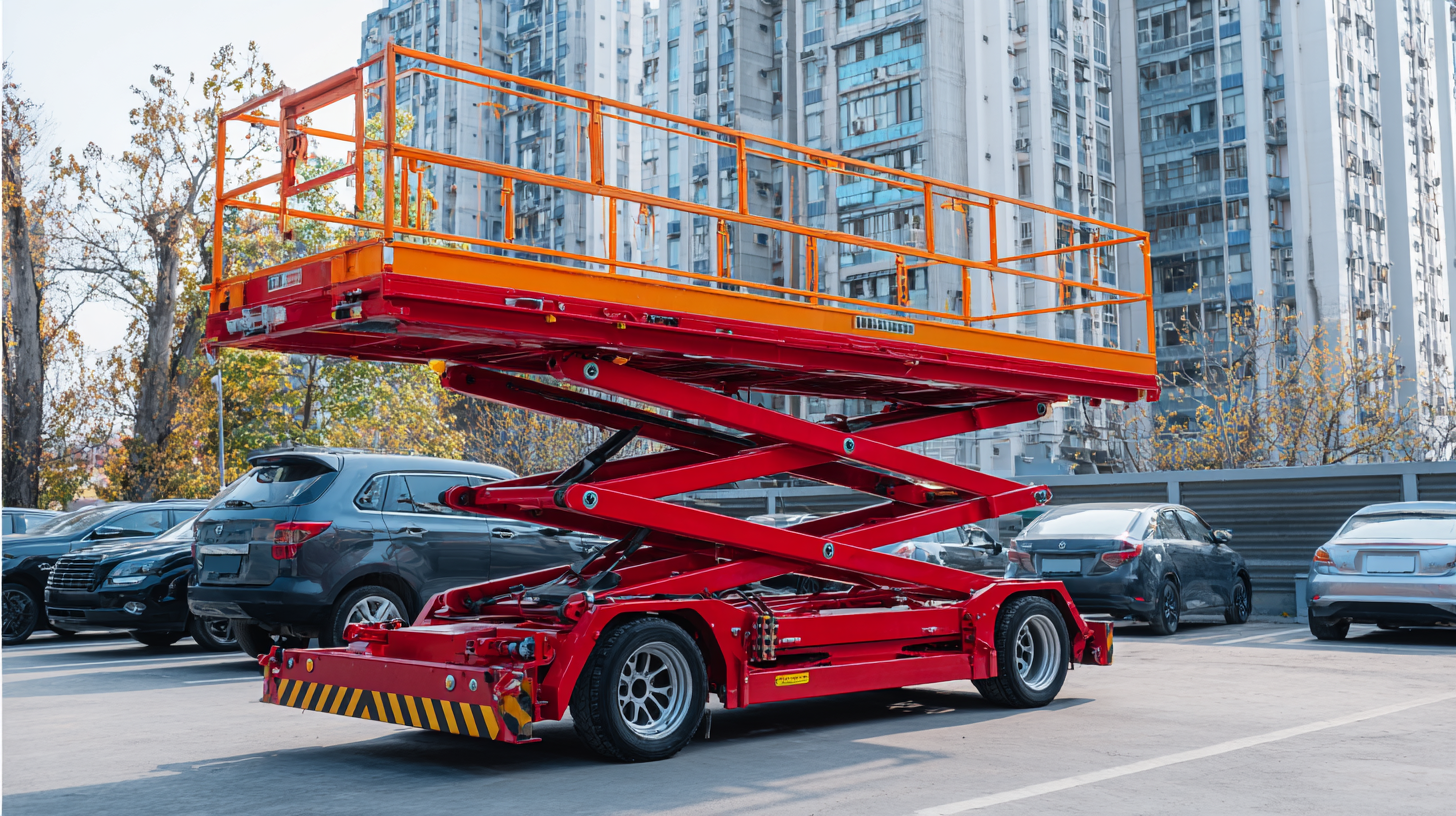
Another thing you shouldn’t overlook is the height and reach of the lift. Industry standards say you’ll want at least a 4-foot lift height to make vehicle maintenance and inspections easier. Plus, a hydraulic system that lifts smoothly and precisely is a big plus—it makes things safer and easier for the technicians. And let's not forget about design—an ergonomic, easy-to-maneuver model that’s also compact can really come in handy. According to surveys from the Automotive Service Association, around 65% of workshops say space is a major concern, so a lift that’s easy to store is a must. All in all, if you keep these key features in mind, you'll find a portable car scissor lift that not only boosts your work efficiency but also keeps everything safe and sound.
Understanding Different Types of Car Scissor Lifts for Varied Business Needs
When you're trying to pick out the best car scissor lift for your business, it’s really important to get a good handle on the different types out there. They come in all sorts of sizes, capacities, and designs, each one made for specific needs. For example, portable scissor lifts are super handy—they give you that much-needed flexibility, so mechanics can easily move them around. That’s perfect if you run a mobile workshop or have a small garage where space is tight. Meanwhile, bigger, heavy-duty lifts are more suited for the serious stuff—workshops that handle larger vehicles. These models can lift heavier loads and reach greater heights, which is exactly what you need in a busy commercial setting.
Another thing to think about is how the lifts actually operate. Hydraulic scissor lifts are a popular choice because they’re stable and powerful—great if you’re using them often. On the flip side, electric lifts are becoming more popular, especially since they’re quieter and tend to need less maintenance. Plus, they’re more eco-friendly, which is a plus if you care about reducing your environmental footprint. Understanding these differences is key—not just for picking the right lift but also making sure your investment works well with your business’s everyday needs and future growth. It’s all about finding that sweet spot that fits your operation perfectly.
Budgeting for Quality: How to Balance Cost and Performance
Looking to get a portable car scissor lift for your business? Finding that sweet spot between cost and performance is honestly pretty key. I came across a recent industry report from Allied Market Research, and it says the global market for automotive lifts could hit over $1.9 billion by 2027. That just shows how much people are looking for quality, versatile lifting solutions these days. But let's be real—budget constraints often throw a wrench in the works, making you choose between spending less and needing those must-have features.
One tip I’d give is to really think about what kind of lifting capacity you actually need and how often you'll be using it. Sure, a lift that can handle heavier loads might cost a bit more upfront, but it’s worth investing in a sturdy one. It could save you a headache—and money—down the line since you'll likely need fewer repairs or replacements. According to IBISWorld, businesses that spend smartly on good quality gear can cut operational costs by up to 30% over several years. Pretty impressive, right?
Also, don’t forget to check out user reviews and third-party certifications when you're shopping around. Sometimes, an option might seem like a good deal at first glance, but if it lacks solid safety features or durability, it might end up costing you big time—whether it’s accidents or downtime. The folks at NIOSH emphasize that going for certified equipment is a smart move—it's all about safety and making sure your team and investment are protected.
Ultimate Checklist for Sourcing the Best Car Scissor Lift Portable for Your Business Needs - Budgeting for Quality: How to Balance Cost and Performance
| Feature | Description | Average Price ($) | Weight Capacity (lbs) | Table Size (inches) | Portability (1-5) | Warranty (Years) |
|---|---|---|---|---|---|---|
| Hydraulic Lift | Provides smooth lifting action with hydraulic support. | 1200 | 4000 | 60 x 40 | 4 | 2 |
| Electric Lift | Quick lift and lower mechanism powered by electricity. | 1500 | 3000 | 72 x 48 | 3 | 3 |
| Portable Lift | Lightweight design allows easy movement and setup. | 1000 | 2500 | 50 x 32 | 5 | 1 |
| Stationary Lift | Fixed installation for regular use in one location. | 1800 | 6000 | 70 x 45 | 2 | 5 |
Safety Standards and Regulations for Portable Car Scissor Lifts
When you're on the hunt for a portable car scissor lift for your business, one thing's super important—making sure it’s up to safety standards and regulations. I mean, OSHA has pretty strict rules about these lifts, specifying how they should be designed and operated to keep everyone safe and avoid accidents. A good, reliable lift isn’t just about getting the job done faster; it also helps reduce the risks of lifting vehicles. Don’t forget, routine inspections and maintenance—something emphasized by ANSI/ALI ALOIM—is key to keeping your equipment safe and working smoothly.
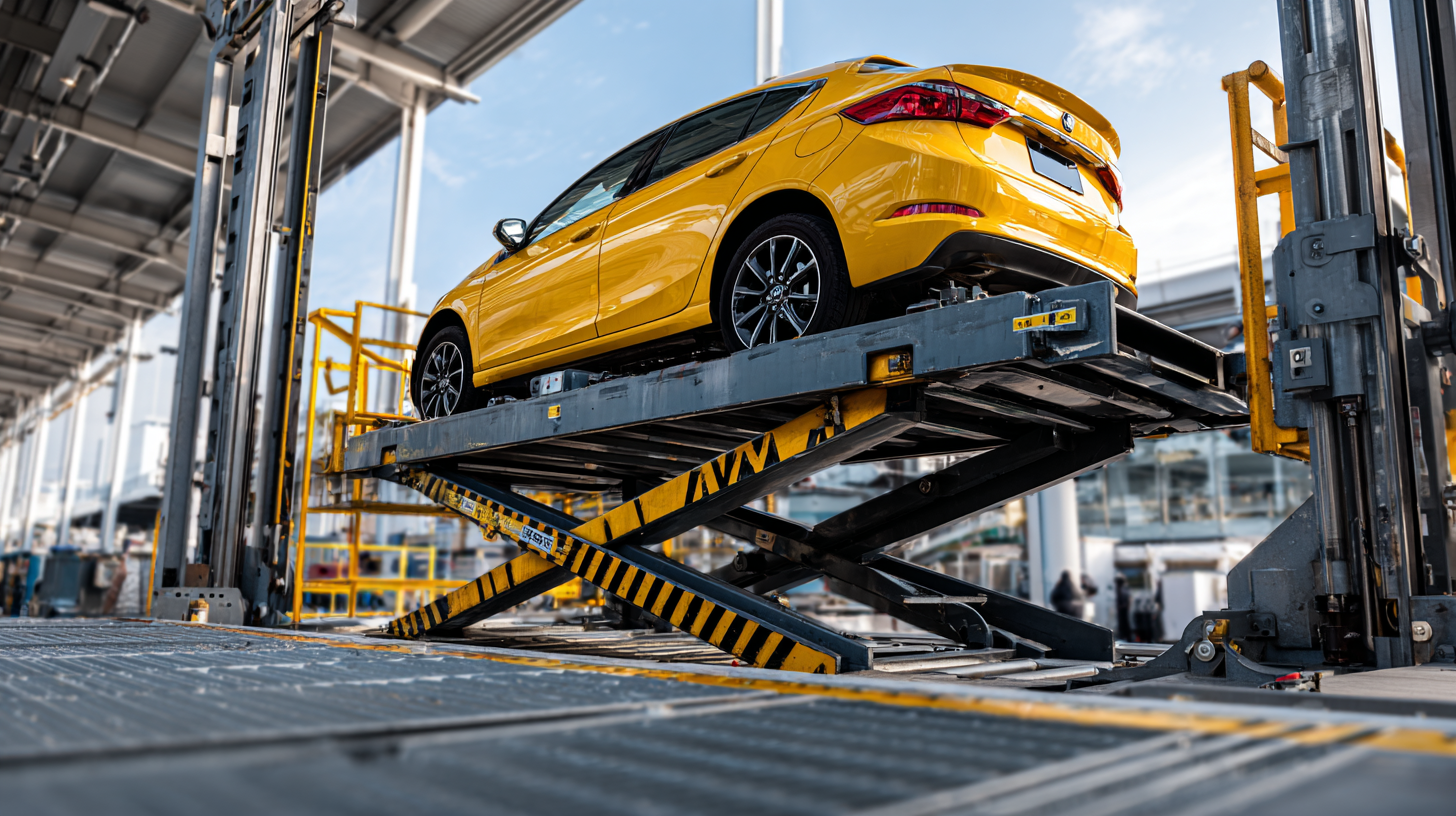
A few tips to pick out the right car scissor lift? First off, check if it’s certified by the proper safety organizations—that’s always a good sign. Also, look for features like overload protection and slip-resistant surfaces—that stuff really makes a difference when it comes to safety. You should also think about how much weight it can handle and whether its size fits your specific needs. Going for a quality brand, like Yantai Tonghe Precision Industry Co., Ltd., which has a solid reputation in hydraulic systems and car lifts, can actually save you headaches down the line and keep things safe.
And hey, don’t overlook training your team on how to use these lifts properly. Giving your staff the right training can seriously cut down on accidents and help build a safety-first vibe in your workplace. After all, safety isn’t just about equipment, it’s about people too.
Maintenance Tips to Ensure Longevity of Your Car Scissor Lift
Keeping up with the maintenance of a car scissor lift is super important if you want it to last and to keep everything safe at your auto shop. I read somewhere that the global market for these lifts might hit around $2.83 billion by 2025, which kinda shows just how vital reliable lifting gear is in the business. Doing regular checkups can save you a lot of headache and money down the line—think less down time and a longer lifespan for your lifts. It’s a good idea for operators to peek at hydraulic fluid levels, inspect those hoses for any cracks or wear, and make sure all safety features are working smoothly. Having a maintenance routine in place really pays off—it can help prevent unexpected breakdowns, which can actually make up to 30% of your operational costs, according to the folks over at the International Journal of Mechanical Engineering.
Oh, and don’t forget about cleaning! Dust and dirt can build up on the moving parts, causing more friction and wear over time. I’d suggest doing a thorough cleaning once a year and bringing in certified techs now and then to check everything out. The Automotive Lift Institute mentions that regular inspections can actually boost the lift’s lifespan by up to 50%. Also, just make sure you're staying within the load limits and following the manufacturer’s instructions—that way, you're not putting unnecessary strain on the lift and can keep things running smoothly and safely for ages.
Comparing Popular Brands: Finding the Best Fit for Your Business
When you're trying to pick out the right portable car scissor lift for your business, it's pretty important to get a good sense of what's out there. I mean, according to the folks at the Equipment Leasing and Financing Association (ELFA), about 75% of businesses are mainly looking for equipment that boosts productivity and gets the job done more efficiently. So, naturally, you wanna check out the popular brands that pack in solid features, are reliable, and come with top-notch customer support.
Top names like BendPak and Dannmar have really built their reputation by focusing on safety and making things easy for users. For instance, BendPak’s portable lifts can handle pretty hefty loads—up to around 10,000 pounds—and they stick to safety standards set by bodies like ANSI and OSHA. On the other hand, Dannmar offers more budget-friendly options that still do a great job lifting and are super user-friendly. It’s interesting to note that around 40% of businesses think that going for cheaper doesn’t necessarily mean sacrificing quality. That’s why Dannmar can be such a smart pick, especially if you’re watching your wallet.
In the end, the main thing is to choose a lift that matches what your specific needs are. A recent survey from IBISWorld has shown the auto repair industry is expected to keep growing—by about 3.8% every year. That just makes investing in reliable, efficient equipment even more important. Do your homework, compare some of the top brands, and you’ll be set up to choose a lift that not only performs well but also keeps safety front and center.
Enhancing Vehicle Maintenance Efficiency: A Data-Driven Approach to Using Portable Car Quick Lift Height Adaptors
In the realm of automotive maintenance, efficiency and precision are paramount. The introduction of portable car quick lift height adaptors is transforming the way we maintain vehicles, particularly for those with larger ground clearances like SUVs and pickup trucks. These height adaptors not only enhance accessibility but also streamline the entire maintenance process, allowing technicians to work comfortably under the vehicle without compromising safety.
Using data-driven approaches, workshop operators can strategically implement these adaptors to optimize their workflow. By adapting the lift height to the specific vehicle type, technicians can reduce unnecessary strain and increase productivity. This tailored approach leads to quicker inspections and repairs, ensuring that vehicles are serviced efficiently while maintaining the highest quality standards. As a result, workshops can accommodate a wider range of vehicles while maximizing their equipment's utility.
The adoption of height adaptors is becoming essential for workshops aiming to improve their operational efficiency. Investing in this innovative equipment reflects a commitment to enhancing service quality and customer satisfaction in the competitive automotive industry. By embracing these advancements, service professionals can set themselves apart and respond more effectively to the growing demands of modern vehicle maintenance.
FAQS
: Portable car scissor lifts must adhere to specific design and operational standards set by the Occupational Safety and Health Administration (OSHA) to ensure worker safety and prevent accidents.
Regular maintenance is critical for ensuring the longevity and safe operation of car scissor lifts. It helps avoid costly downtime and extends the life of the equipment.
When selecting a car scissor lift, you should verify that it is certified by relevant safety organizations to ensure it meets safety and performance standards.
Important safety features include overload protection and slip-resistant surfaces, which help to minimize risks while using the lift.
Regular inspections should be carried out routinely to ensure all safety features are functioning properly and to identify any potential issues early on.
A proactive maintenance plan involves regular checks and cleaning to prevent unexpected failures, reducing the risk of downtime and operational costs associated with lift failures.
Dust and debris can accumulate on the lift's moving parts, increasing friction and wear, which can hinder performance and safety.
The global automotive lift market is expected to reach $2.83 billion by 2025, indicating an increasing reliance on reliable lifting equipment in the industry.
According to the Automotive Lift Institute, regular inspections can increase a lift's lifecycle by as much as 50%.
Operators should adhere to the manufacturer's guidelines for load limits and usage to prevent strain on the lift and ensure safe, efficient operations.
Related Posts
-

Maximize Your Investment with 5 Essential Tips for Affordable Repair and After Sales Support on Best Portable Truck Jack
-

Innovative Solutions for Maximizing Efficiency with the Best 6000 Lb Car Lift
-
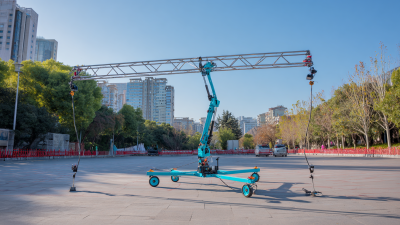
Transforming Your Workflow in 2025 with the Best Mobile Lift Solutions for Global Buyers
-

Unwavering Quality in Chinese Manufacturing: Discover the Best 110v Portable Car Lift
-

How to Choose the Best Portable Hydraulic Jacks for Electric Cars by 2025 Industry Trends
-
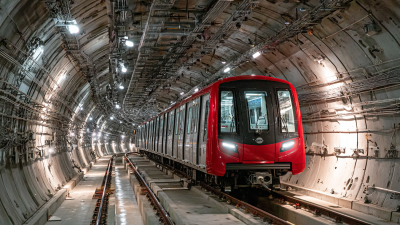
Top Strategies for Maximizing Efficiency with Single Underground Lifts
Blog Tags:


